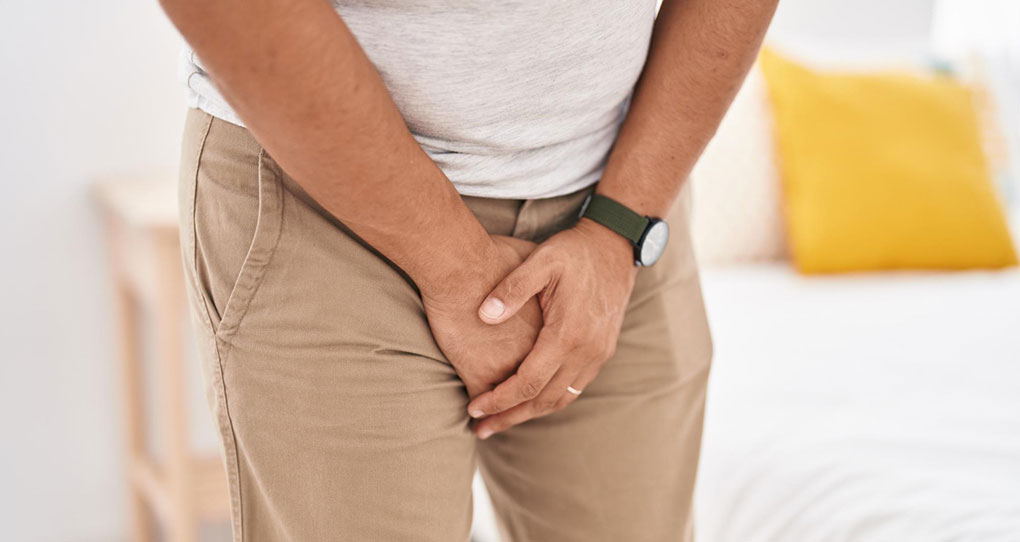A micro penis, a condition characterized by an unusually small and underdeveloped penis, is a topic of medical and psychological significance. While relatively rare, it can have a profound impact on an individual’s self-esteem and quality of life. In this introduction, we will delve into the medical aspects of micro penis, its potential causes, and the psychological and social implications associated with this condition. Understanding micro penis is essential for promoting empathy, awareness, and providing support to those affected by it.
Definition of Micro penis – A very small penis
Micropenis, also known as microphallus, is a penis that is 2.5 standard deviations below the mean (average) for the age and race of the child. This definition translates to a stretched penis length of less than 1.9cm (3/4 inch) long at birth and can be described as a micropenis. Statistically, micropenis occurs in 0.6% of the population.
Lack of development of sexual organs and penis size
There are many reasons why the penis may not develop. Very early in the development of the human male or female fetus differences in the genitalia cannot be detected, even though the sex chromosomes XX (in most females) and XY (in most males) have put down the basic building blocks. It is hormones produced by the gonads determined by the sex chromosomes that then determine which organs develop and which ones disappear. The same tissue that forms the clitoris in the female forms into a penis in males, the tissue that makes the scrotum in the male makes the labia in the female. Because of the complexity of fetal development things can and do go wrong. Therefore it should be no surprise that things can go wrong in the development of the sex organs.
Getting the best advice about micropenis
As a parent, advice and treatment options should be discussed with a specialist medical team made up of pediatricians, urologists, endocrinologists, geneticists and radiologists very soon after the birth of the child. Tests will need to be carried out to see if the gender of the baby can be determined. Treatment and management options need to be discussed that result in the best possible outcome for the child. The family needs to be supported and informed. Changes in the way micropenis is treated by the medical expert’s means that it is worth getting more than one opinion to make sure all avenues have been explored if the treatment is complex or has lasting implications for the infant.
Causes of micropenis – very small penis
The central role here is chromosomes and hormones as the deciding factors of the male or femaleness of the fetus and baby. Micropenis occurs when these systems fail to work properly. There are many different possible causes and problems with penis growth can start after 14 weeks of fetal growth. Micropenis is often due to inadequate testosterone in the 2nd and 3rd trimester of fetal growth. There may be a genetic cause. Although there is no gene per se that causes micro penis, there are a number of associated syndromes. An example is androgen insensitivity, where the fetus started as a male but was insensitive to testosterone (the male hormone), or syndromes caused by chromosomal abnormalities such as Klinefelter’s Syndrome, Turner’s Syndrome or Down’s Syndrome.The medical team can investigate the many possible causes and carry out tests that will inform future management and treatment.
Treatment for micropenis
- Testosterone stimulation may be tried if the cause is hormonal. If the penis grows during a three month trial then a normal penis size and function can result.
- Surgical reconstruction and hormone treatment could also be an option.
- Gender assignment with no surgery to change the anatomy or gender reassignment may be considered.
- Genetic syndromes will dictate treatment outcomes to a degree.
- Psychological counseling and support for the family and child should be part of a good medical treatment program.
People who have experience of intersex issues feel strongly that reassignment should only happen when the child is old enough to make an informed choice themselves. It is for these reasons and because the treatment can have such profound results that a second medical opinion may well be helpful.
Cultural and social issues of maleness and the penis
The range of things that can go wrong in the external genitalia and the way the penis may look and function, is an area bound up with images of maleness (or femaleness). The penis is so central to sexuality and sexual satisfaction that it has even influenced medical treatment. Since the mid 1950s and until quite recently, a child with a micropenis would be surgically realigned to a female and hormones given to enhance that change.
Many would argue that the decision was underpinned by the idea that was essentially, culturally and socially led, that a man must have a – normal – penis size to be a man. Size really did seem to matter.
The medical establishment has responded to the changing attitudes on gender and sex, social and cultural issues, increased genetic information and medical advances, research and from information from relevant pressure and support groups. Treatment options are no longer as straightforward as they used to be. Society does expect male or female. If a child waits until it is old enough to make a decision there is obviously the potential for confusion, upset, teasing and bullying. A great deal of thoughtful and emotional support will be required.
Research and Micro Penis
Although research in this complex area is relatively lacking, there have been a few long term studies that have found that most boys raised as boys have strong male identity. Most end up as sexually active and enjoy sex and satisfy their partners. More comprehensive research is needed to give a clearer picture of people’s lives who have micropenis, or who have had treatment decided for them, been assigned gender with or without surgery.












